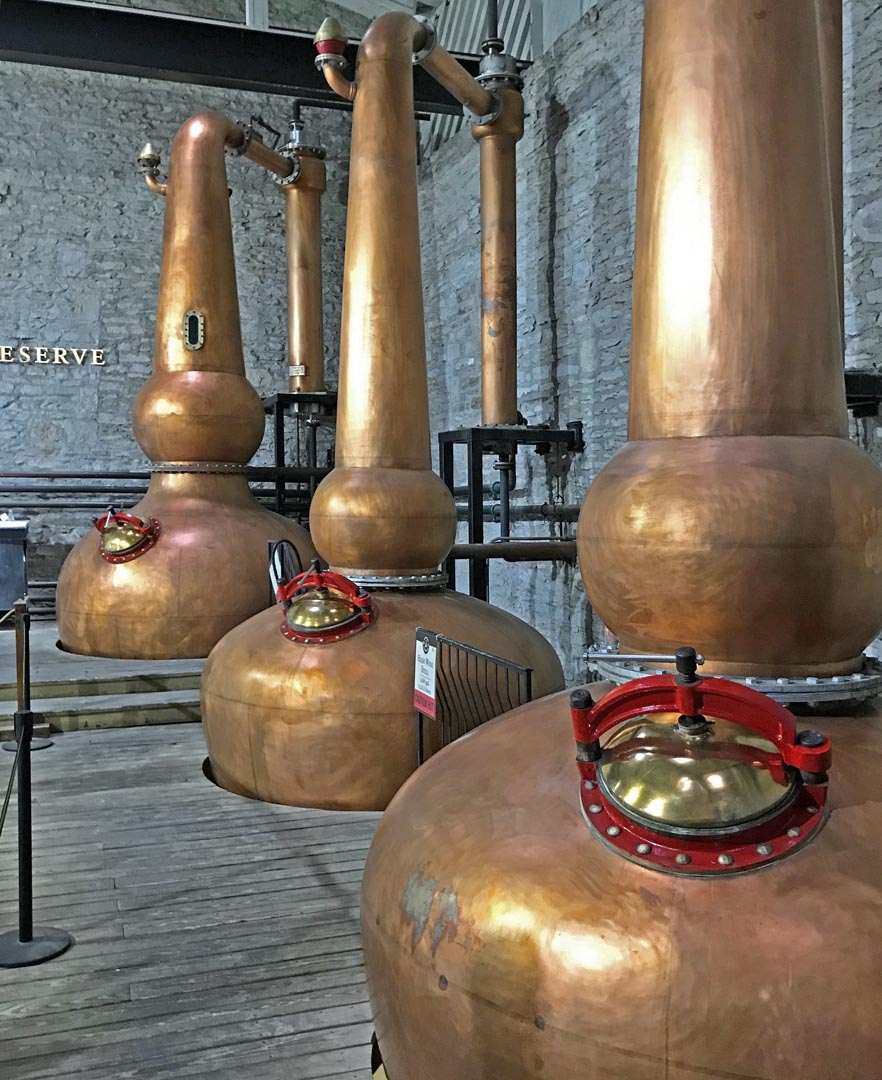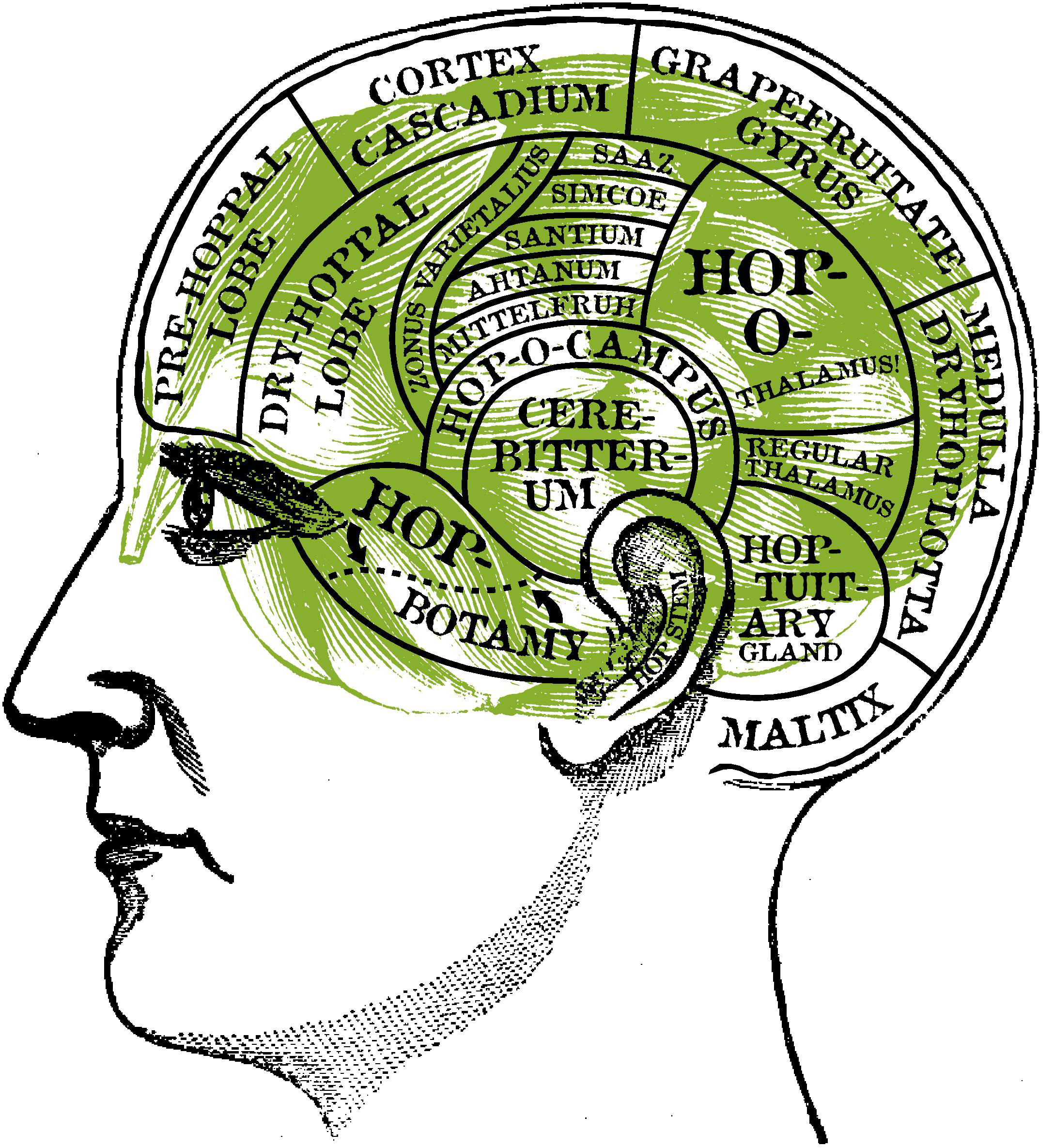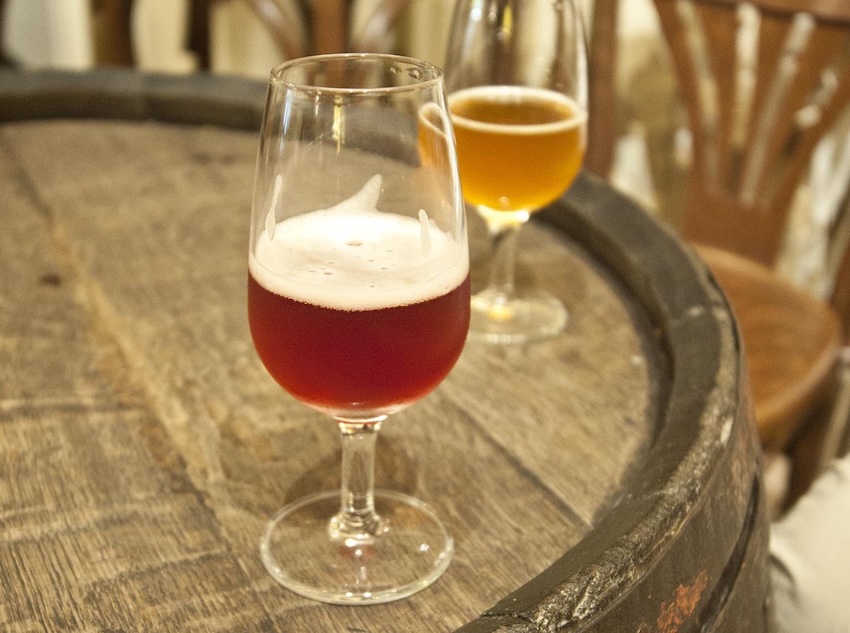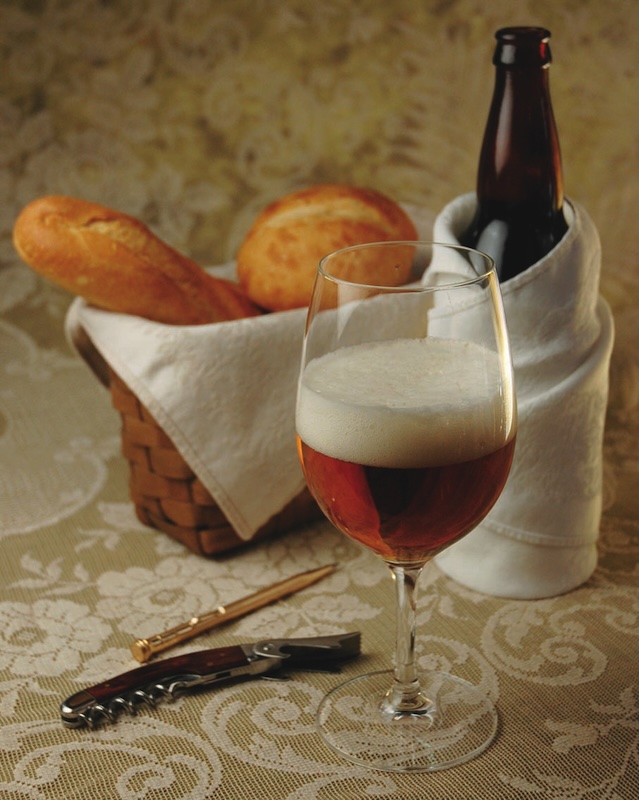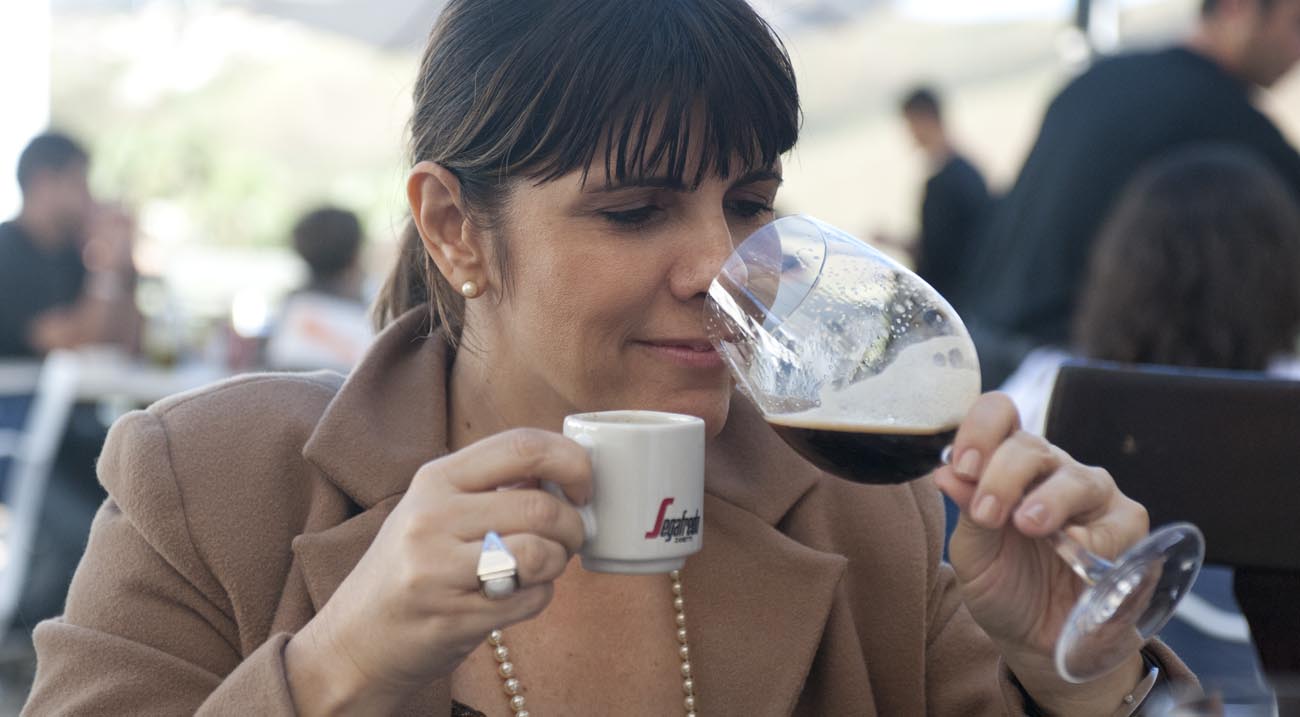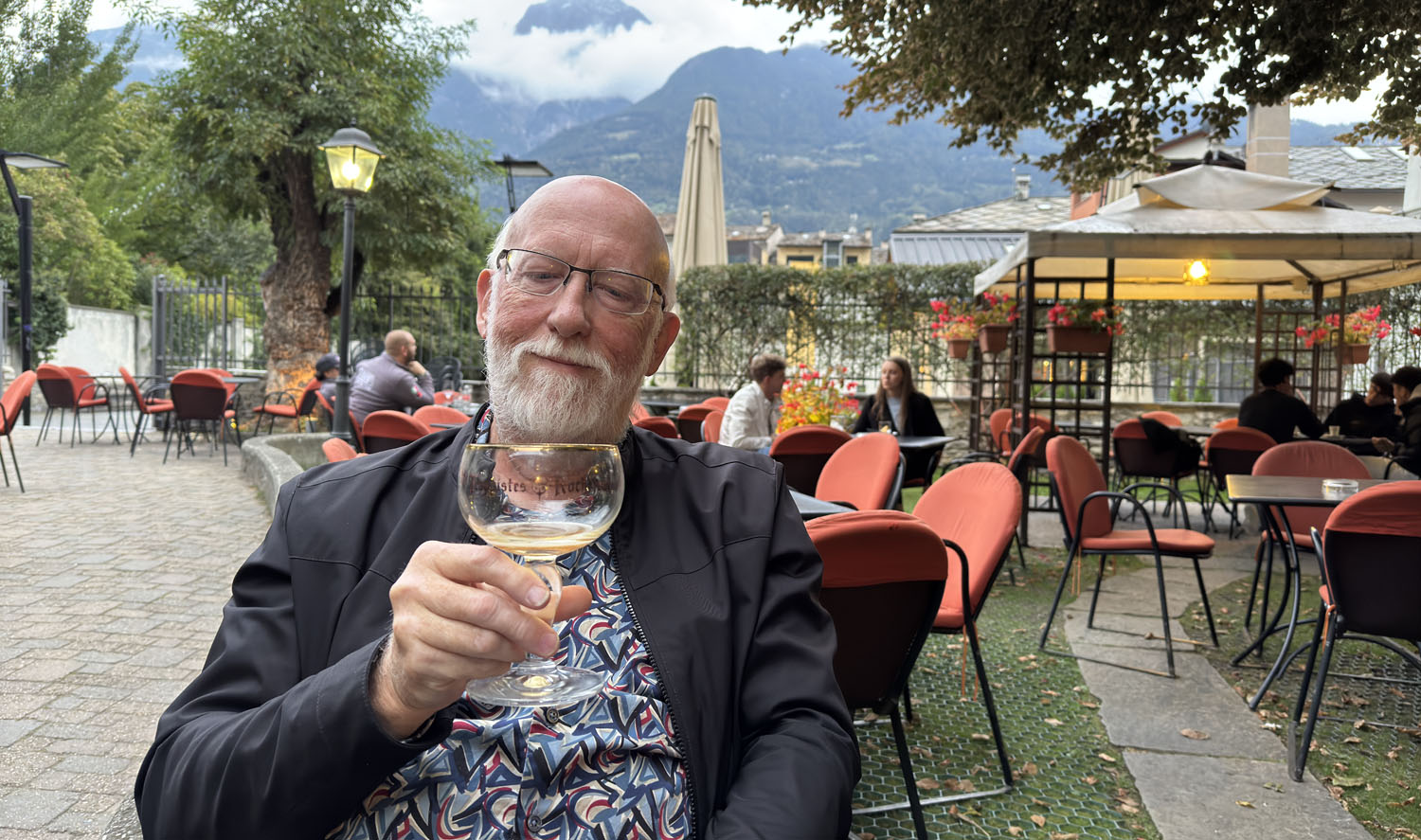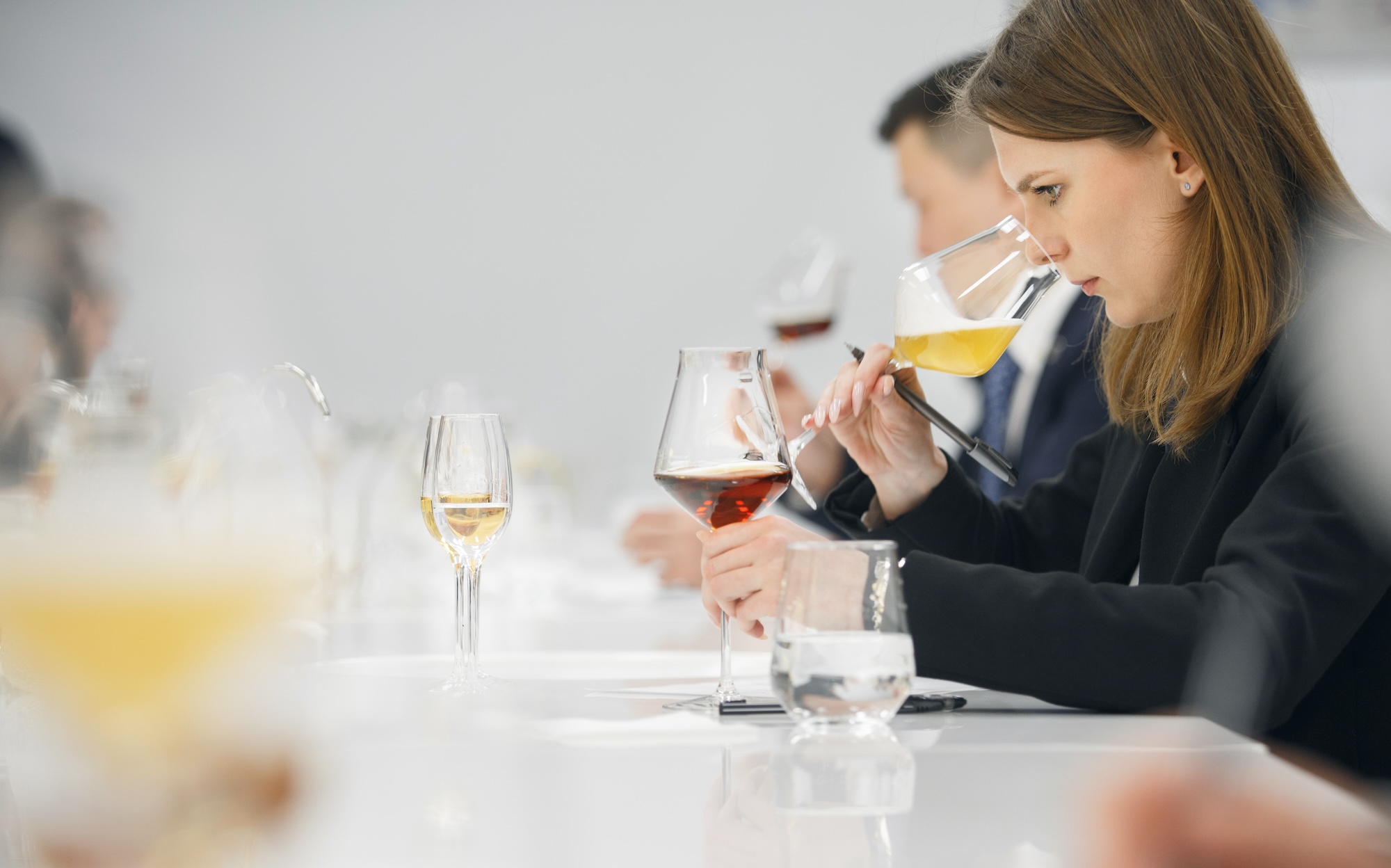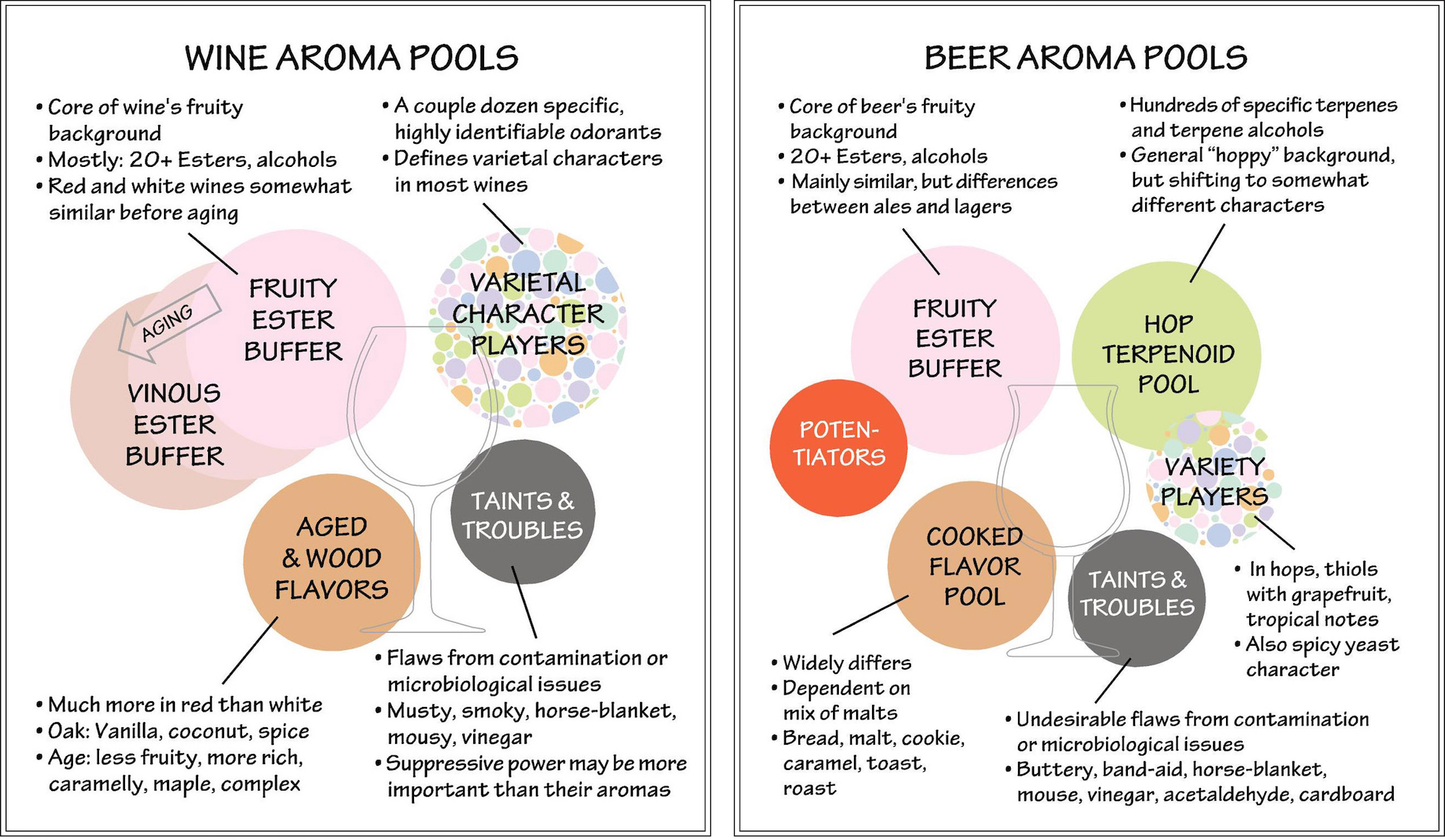An Interview with Flavor Experts Gary Spedding and Tony Aiken
GS: “We try to get people to use a standard vocabulary. You can use any words you want as long as they’re consistent and everybody on the team knows what they represent. People use terms related to their experience like: “grandma’s basement,” but I don’t know what your grandma’s basement smells like; I only know my own grandma’s. So you have to common language. And if you’re going to use a common language, it might as well be the industry standard one, so you can talk to people outside your own company. Of course, different audiences have different needs and interests.”

